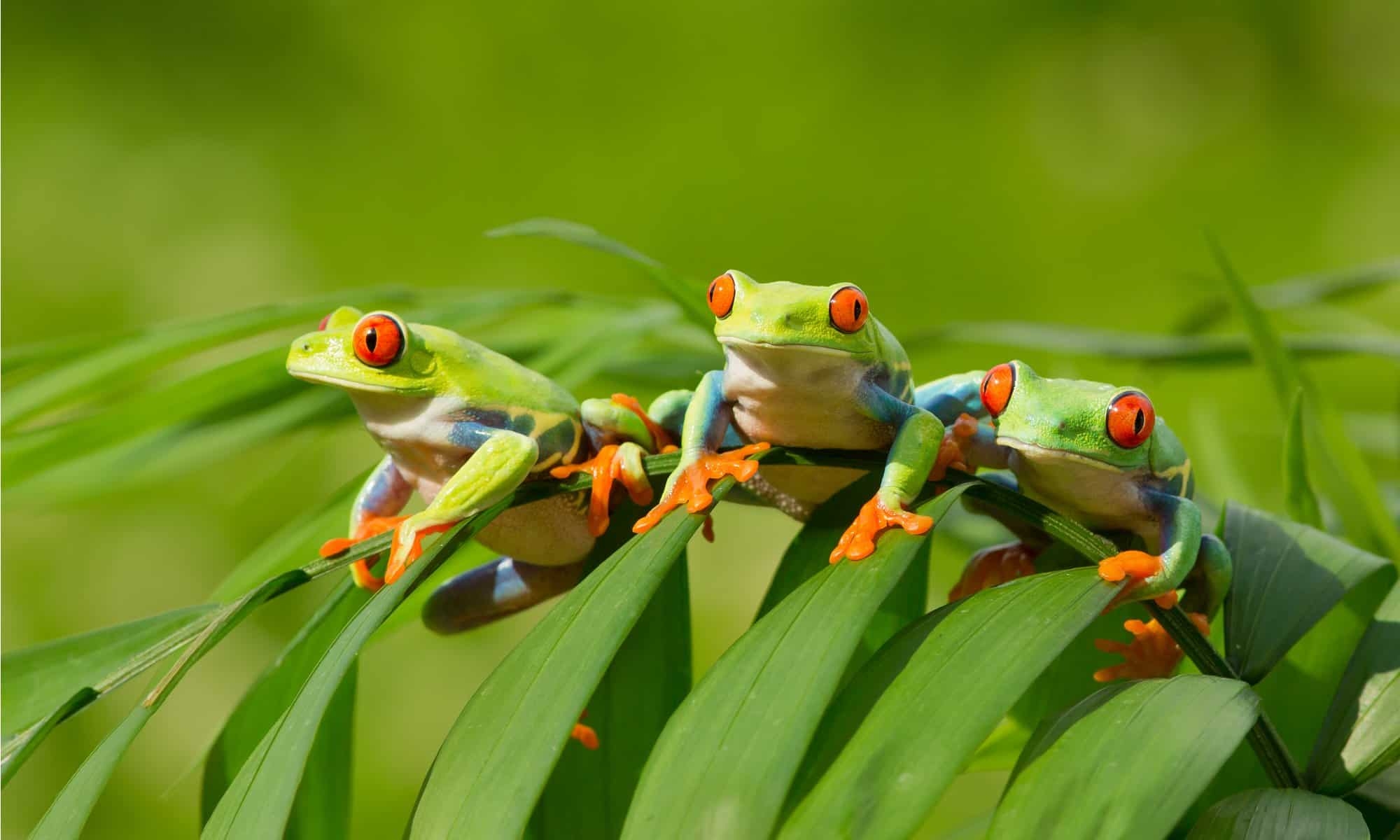Frogs are fascinating creatures that have captured the attention of people for centuries. They are known for their unique characteristics, such as their ability to jump long distances and their distinctive croaking sounds. One interesting aspect of frogs is how they gather in groups, which leads to the question – what is a group of frogs called?
Before we delve into the answer to that question, it is important to understand a bit more about frogs. These amphibians are found in various habitats around the world, from tropical rainforests to deserts. They come in a wide range of sizes and colors, with some species being as small as a thumbnail and others as large as a dinner plate.
Group of Frogs are Called
A group of frogs is called an army. This term is used to describe a large gathering of frogs in one place, typically near a body of water where they can breed and lay their eggs. The sight of an army of frogs can be quite impressive, as they hop and croak in unison, creating a cacophony of sounds and movements.
Armies of frogs are particularly common during the breeding season, when males will congregate in large numbers to attract females with their calls. This behavior is essential for the continuation of the species, as it allows for successful reproduction and the survival of the next generation of frogs.
Interestingly, some species of frogs are known to exhibit communal nesting behavior, where multiple females will lay their eggs in the same location. This can lead to even larger armies of frogs gathering in one place, all working together to ensure the safety and well-being of their offspring.
In addition to armies, groups of frogs can also be referred to as a chorus or a knot. These terms are often used to describe smaller gatherings of frogs that come together for various reasons, such as foraging for food or seeking shelter from predators.
In conclusion, the world of frogs is full of fascinating behaviors and social structures. From armies to choruses, these amphibians have unique ways of coming together in groups that are both impressive and essential for their survival. The next time you hear the croaking of frogs near a pond or marsh, take a moment to appreciate the beauty of these creatures and the intricate relationships they form with one another.
